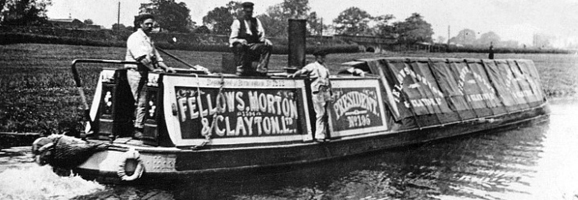
The canal network is well over 200 years old in places – The articles below shed some insight into how and why the canals in the UK were built.
The Canal Engineers
Just who were the Canal Engineers who help to create the network of waterways that criss-cross the landscape of Britain today? Men like James Brindley, William Jessop and Thomas Telford pushed the boundaries of what was possible and as a result, played a vital role in (click here for more)
Roses and Castles
Narrowboats decorated with roses and castles themes are a fairly common sight on today’s canals, but many nowadays use cheaper computer-printed vinyl transfers in place of the traditional craft of hand-painted designs. So – how did the tradition of adding Roses & Castles originate? (click here for more)
![]()
Canal History – The Aylesbury Arm
The Aylesbury branch of the Grand Union Canal begins its journey towards the Town of Aylesbury from Marsworth, 6.2 miles away. Dropping almost 95 feet from its junction with the Grand Union, it travels through 16 locks and passes under 19 bridges, so there is plenty to see on the relatively short but eventful trip. (click here for more)
The Decline of the Canals
Summer is the time when most boaters take to the water, enjoying long days and hopefully, warm sunny weather. But it should never be forgotten that the canals were originally built as a commercial transport network, and as such needed to be kept open all year round. Even boaters, who have suffered the inconvenience of having their own boat frozen in on a canal, can scarcely believe the trouble and difficulties a harsh winter could bring boat operators a few decades ago. (click here for more)
The Grand Union Canal as it crosses the Chilterns
The Grand Union Canal is essentially composed of no fewer than eight separate canals, and was built to link the major cities of London, Birmingham, Nottingham and Leicester. The most important part of this network of watery highways was the Grand Junction Canal. This was started at around 1793 (click here for more)
Canal Architecture – Locks, Bridges and Tunnels
The early canal builders had just as many difficulties planning the route of any new canal as the motorway builders of today. Remember – canals were not being built for a leisure market, but as an aid to commerce. A great many objections came from farmers whose fields were to be divided by the new waterways, and these objections were overcome by putting in movable bridges (click here for more)
